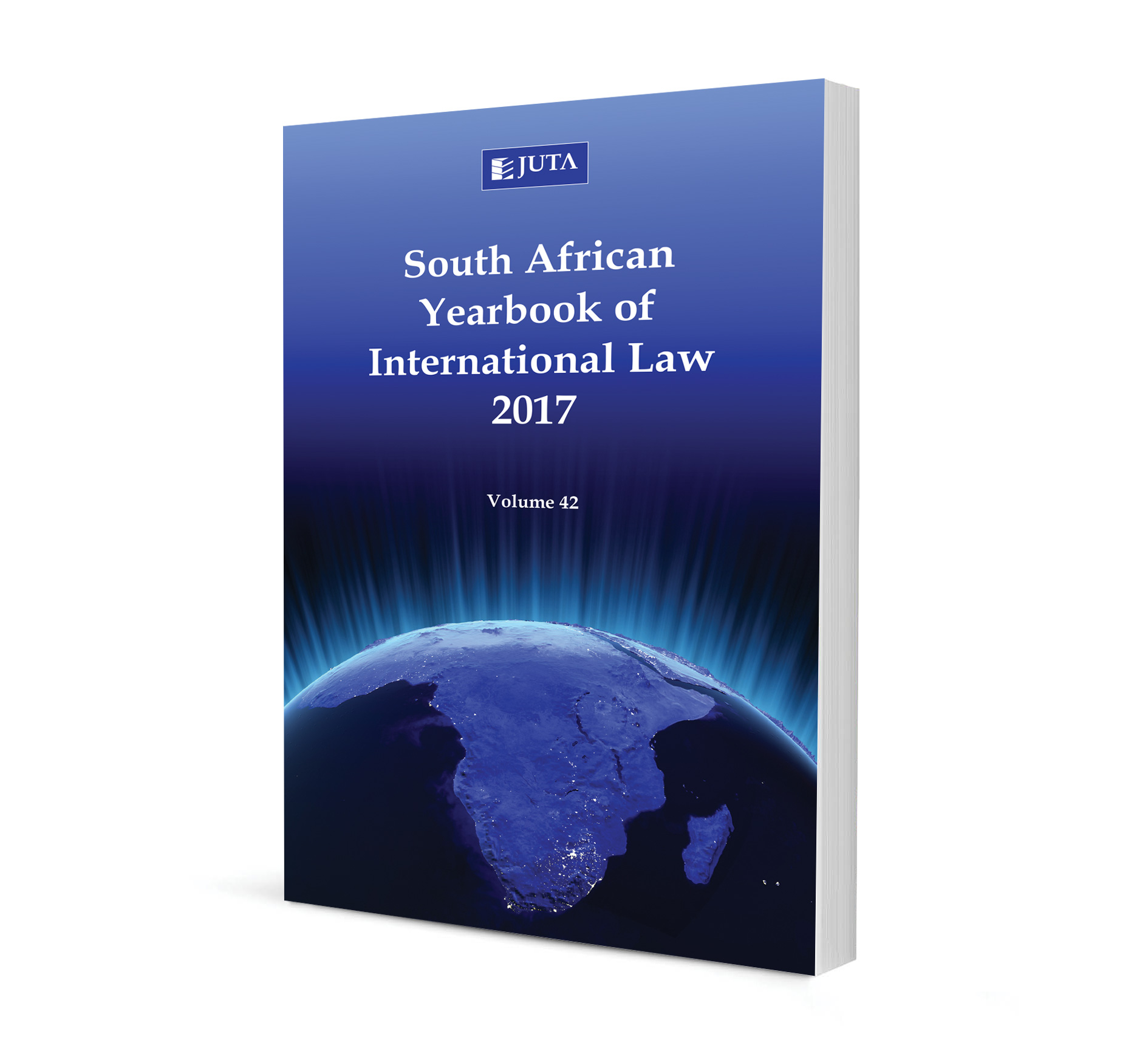
The ‘Intensity’ Threshold in Article 8(2)(f) of the Rome Statute: The Conundrum Created by the Term ‘Protracted Armed Conflict’ and the Possibility of a New Category of Non-International Armed Conflict
Authors Martha M Bradley
ISSN: 2521-2583
Affiliations: None
Source: South African Yearbook of International Law, 2017, p. 42 – 79
Abstract
Article 8(2)(d) of the Rome Statute lists the war crimes over which the International Criminal Court may exercise jurisdiction, while article 8(2)(f) of the Rome Statute subsequently determines the type of armed conflict that must exist for jurisdiction to be triggered. Accordingly, article 8(2)(f) reads: ‘It applies to armed conflicts that take place in the territory of a state when there is protracted armed conflict between governmental authorities and organized armed groups or between such groups.’ This second part of article 8(2)(f) determines that the nature of an armed conflict must be ‘protracted’. The phrase ‘protracted armed conflict’ may or may not propose an additional (higher) threshold of violence requirement that must co-exist with the intensity of violence requirement inherent in the first part of the provision. This possibility fuels the debate that the notion of intensity inherent in article 8(2)(f) differs from that in article 8(2)(d) of the Rome Statute. If such an additional threshold of violence requirement under article 8(2)(f) of the Rome Statute exists, it may be argued that this provision creates a new category of non-international armed conflict unique to the Rome Statute. Available literature does not clarify this problem. Employing the rules of treaty interpretation, this article contemplates the meaning of the wording ‘protracted armed conflict’ in order to determine whether it is indeed possible that it introduces such a higher level of intensity.